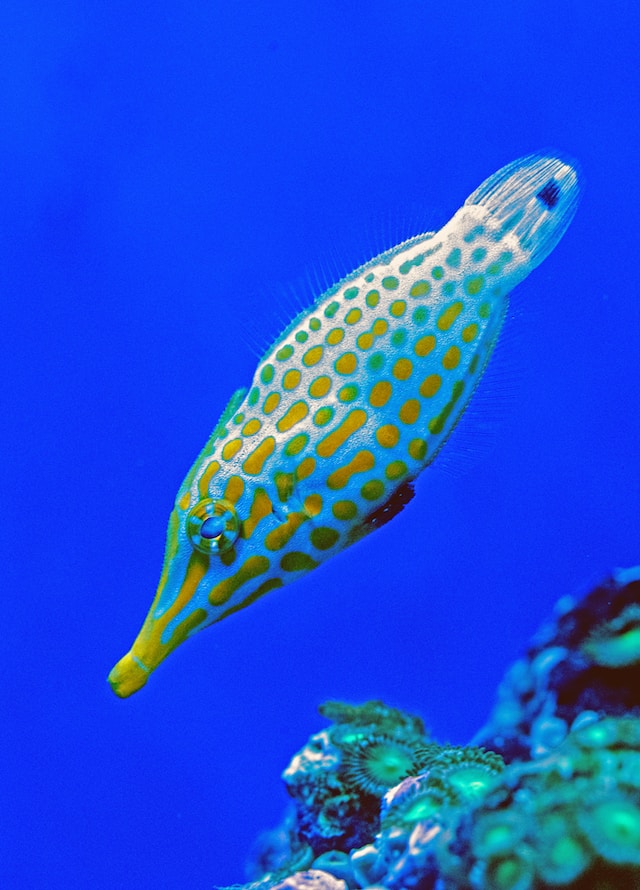- 1 June 2023
- 166
The Cutting-Edge Science Behind Marine Carbon Dioxide Removal

As the world grapples with the urgent need to address climate change, scientists are exploring innovative ways to combat rising carbon dioxide (CO2) levels in the atmosphere. One emerging field of research that is gaining attention is marine carbon dioxide removal (CDR). This cutting-edge science aims to harness the power of the ocean to mitigate the impacts of climate change. Let’s dive into the fascinating world of marine CDR and explore the scientific advancements driving this field.
Marine CDR revolves around the concept of utilizing the vast capacity of the oceans to absorb and store carbon. The world’s oceans naturally act as a massive carbon sink, absorbing about a quarter of the CO2 released into the atmosphere. However, the increasing levels of CO2 are leading to ocean acidification and disrupting marine ecosystems, necessitating innovative solutions.
One exciting avenue of research in marine CDR is ocean fertilization. This technique involves introducing nutrients, such as nitrogen or iron, into specific areas of the ocean that are nutrient-deficient. By providing these essential elements, scientists aim to stimulate the growth of phytoplankton, microscopic plant-like organisms that absorb CO2 through photosynthesis. As phytoplankton thrive, they take in significant amounts of CO2, effectively removing it from the atmosphere. The challenge lies in understanding the ecological implications and ensuring that any large-scale implementation of ocean fertilization is carefully managed to avoid unintended consequences.
Another promising approach in marine CDR is direct air capture. This technology involves the use of specialized devices to directly capture CO2 from the ambient air. The captured CO2 can then be stored or utilized for various purposes. Although direct air capture is still in its early stages and faces challenges related to cost and scalability, ongoing research and development efforts are rapidly advancing this field. Scientists are exploring new materials and innovative engineering approaches to make direct air capture more efficient and economically viable.
Additionally, researchers are investigating the potential of enhancing the ocean’s alkalinity as a means of carbon dioxide removal. By adding alkaline substances, such as crushed limestone or silicates, to seawater, its capacity to absorb and store carbon can be enhanced. This approach not only addresses CO2 removal but also helps counteract ocean acidification, which is a direct consequence of increasing CO2 levels. However, thorough assessment of the environmental impact and sustainability of this technique is crucial before large-scale deployment.
Cutting-edge scientific advancements are driving the progress in marine CDR research. Sophisticated computer models and simulations are being developed to better understand the complex interactions between the ocean, atmosphere, and marine ecosystems. These models help scientists assess the effectiveness and potential side effects of various marine CDR techniques, informing decision-making and guiding further research.
Furthermore, international collaborations and interdisciplinary research efforts are key to advancing the field of marine CDR. Scientists from diverse fields such as oceanography, ecology, chemistry, and engineering are coming together to explore different facets of this complex challenge. Their collaborative efforts are uncovering new insights, identifying limitations, and developing innovative solutions.
While the cutting-edge science behind marine carbon dioxide removal is promising, it is essential to approach it with caution and consider potential risks and ethical considerations. Comprehensive research and thorough evaluation are necessary to ensure that these techniques are environmentally sustainable and do not cause unintended harm to marine ecosystems.
In conclusion, the cutting-edge science behind marine carbon dioxide removal offers a glimmer of hope in the fight against climate change. The advancements in ocean fertilization, direct air capture, and alkalinity enhancement showcase the innovative strategies being explored to reduce CO2 levels and mitigate the impacts of global warming. However, it is important to continue research, engage in responsible experimentation, and
carefully evaluate the long-term implications of marine CDR. By combining these efforts with other mitigation strategies and transitioning to cleaner energy sources, we can collectively work towards a more sustainable and resilient future.

